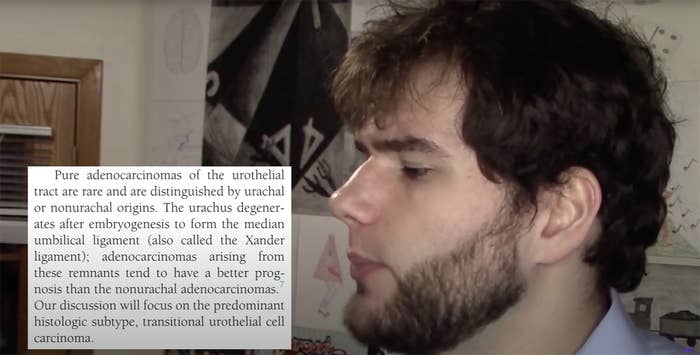
Xander Toftness is a PhD student at Iowa State University who runs a small educational YouTube channel called ARTexplains Science and History.
In 2017, he made a video for his channel after his partner asked him a simple question: "Where does the belly button go?"
The video delves into the internal anatomy of the belly button, showing how one ligament forms out of the remnants of the tube running from the bladder of a foetus to its mother.
Toftness was fascinated by this obscure body part — known as the "median umbilical ligament" — and thought it was too easily mistaken for other, less interesting ligaments with similar names.
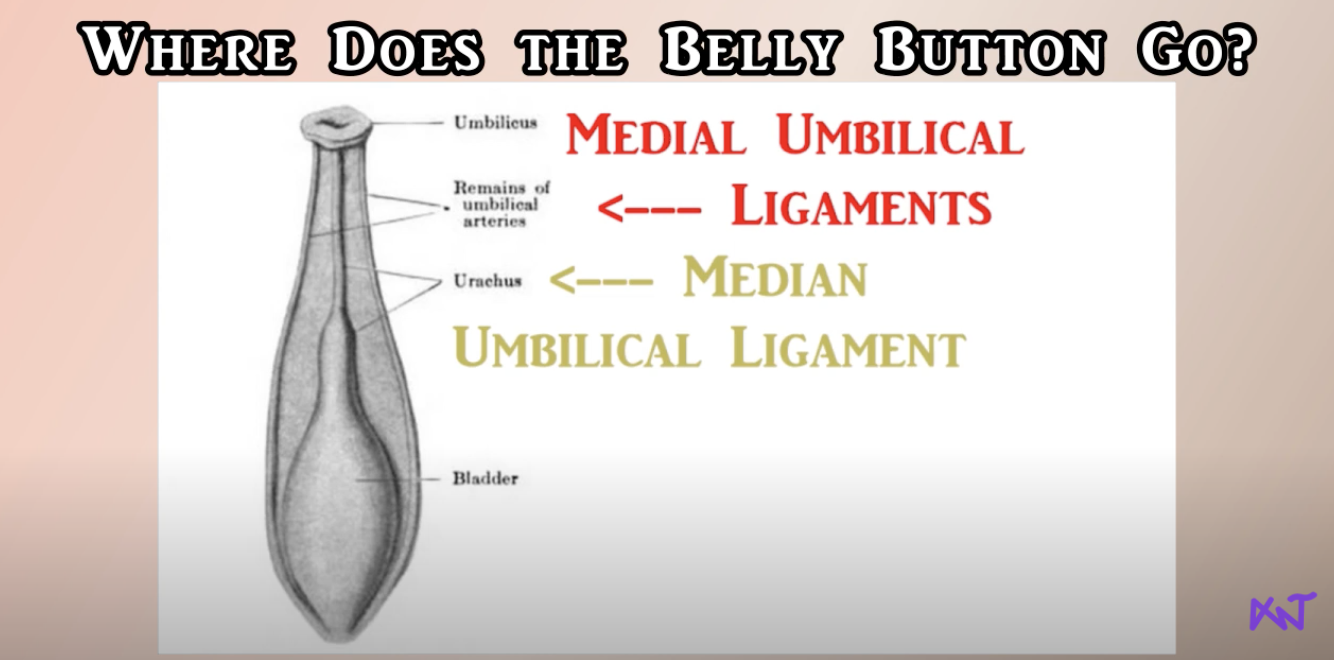
So, he jokingly gave it another name in his video: the Xander Ligament. A few days later, Toftness was amused to see someone had added the name to Wikipedia, citing his video.
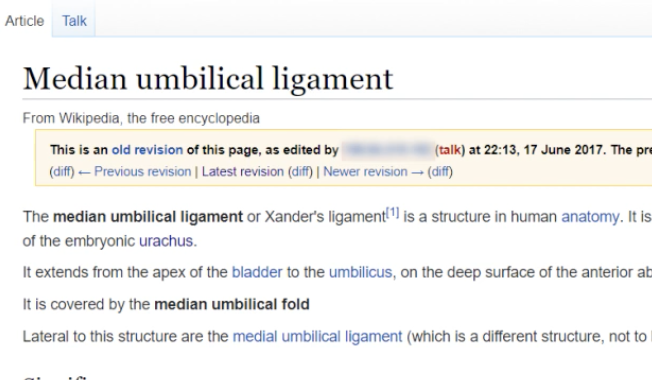
Little did he know that the term would eventually make its way into a textbook, a medical curriculum, and even a prestigious peer-reviewed journal.
In August 2018 Toftness checked the median umbilical ligament page to see if it still included a reference to "Xander's ligament". It had been removed earlier that month.
A Wikipedia editor reviewing anatomy pages had noticed the reference and thought it looked out of place. The editor had left an entry in the page's edit history, where he noted that the name had been used in a peer-reviewed article "Management of Muscle-Invasive Urothelial Cancer and the Emerging Role of Immunotherapy in Advanced Urothelial Cancer" in the Mayo Clinic Proceedings.
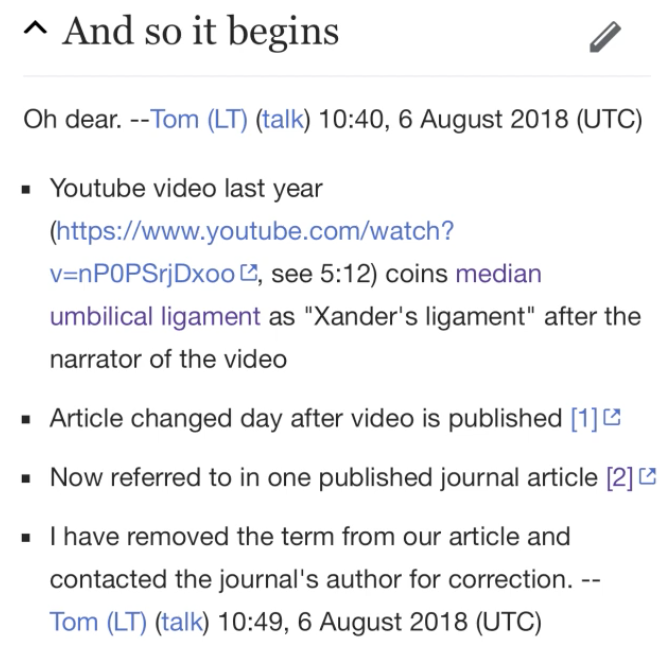
Toftness told BuzzFeed News he remembers running into a meeting at his university and sharing the story with disbelieving colleagues.
"It was unbelievable. I was sharing pictures of the Wikipedia page, journal article, and everything to prove that it had actually happened," he said.

After some searching, Toftness found that the name had been used in other resources too: the Textbook Of Obstetrics And Gynaecology: A Life Course Approach, digital study flash cards on websites, and even in the presentation slides of a Pakistani surgical school.
If you search Google for "Xander's ligament," the Wikipedia page for the median umbilical ligament is the first result.
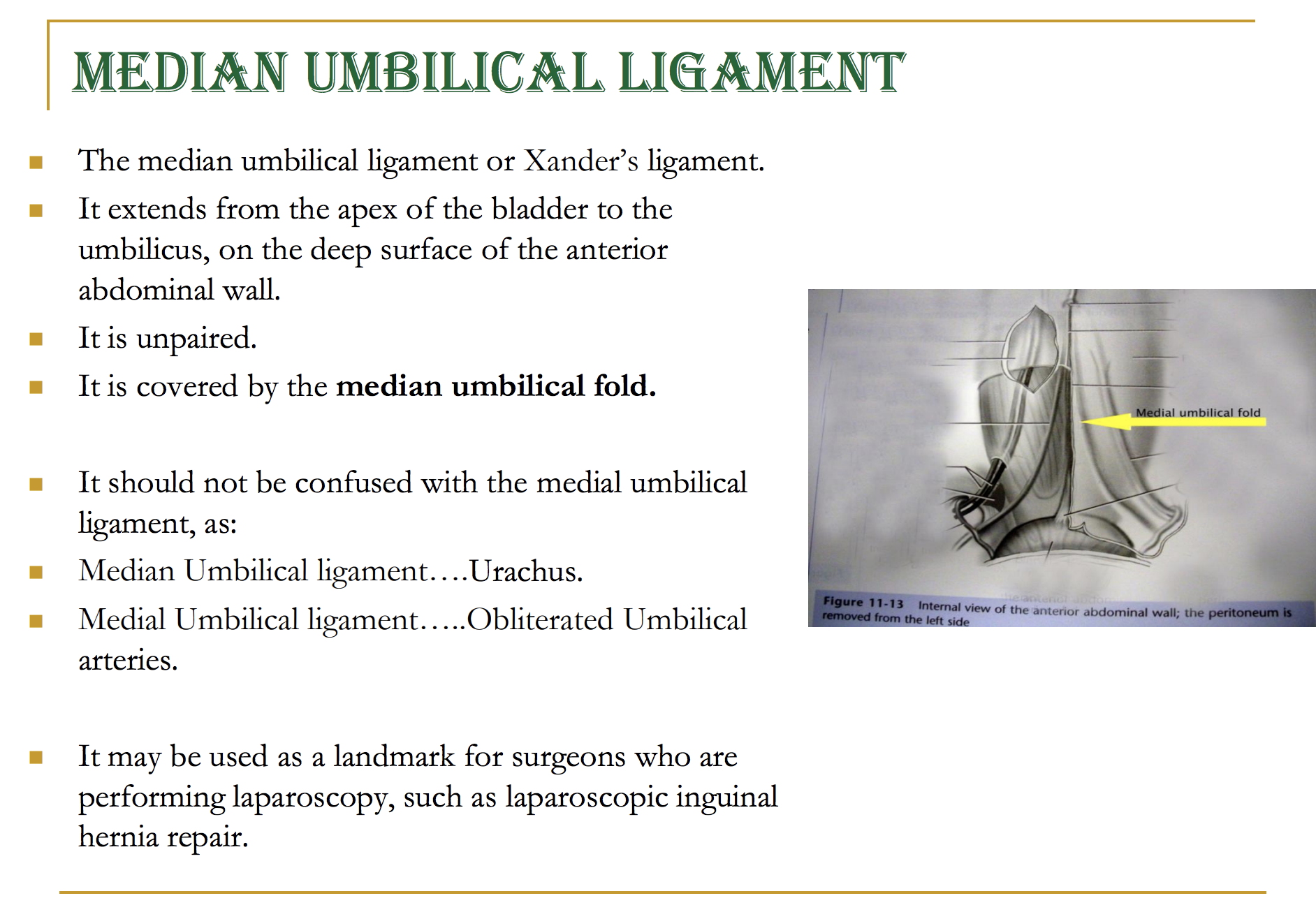
Toftness contacted the co-authors of the journal article, which has been cited 11 times, according to Google Scholar data, to find out how the term ended up in their paper.
But they didn't know. One responded with the version of the article they had sent off for peer review, which didn't mention "Xander's ligament", and said that he would try to get it corrected. The journal article still refers to the Xander ligament. (The article's co-authors and the journal's editor-in-chief did not respond to an interview request from BuzzFeed News.)
Toftness conceded that the spread of "Xander's ligament" is an example of misinformation spreading through the internet — but hopes it doesn't undermine people's trust in the journal or Wikipedia. The use of the name doesn't invalidate the studies' findings but it does show why you should always check primary sources, he said.
"Xander's ligament" has since made it into another journal: Toftness co-authored a letter about the fake name with the Wikipedia editor who removed the reference that's been published in Anatomical Society's Journal of Anatomy.
Even though he's drawn attention to the fake term, Toftness hopes the name sticks around.
"I do hope that people start legitimately calling it the Xander Ligament! It's a much better name than the median umbilical ligament," he said.

